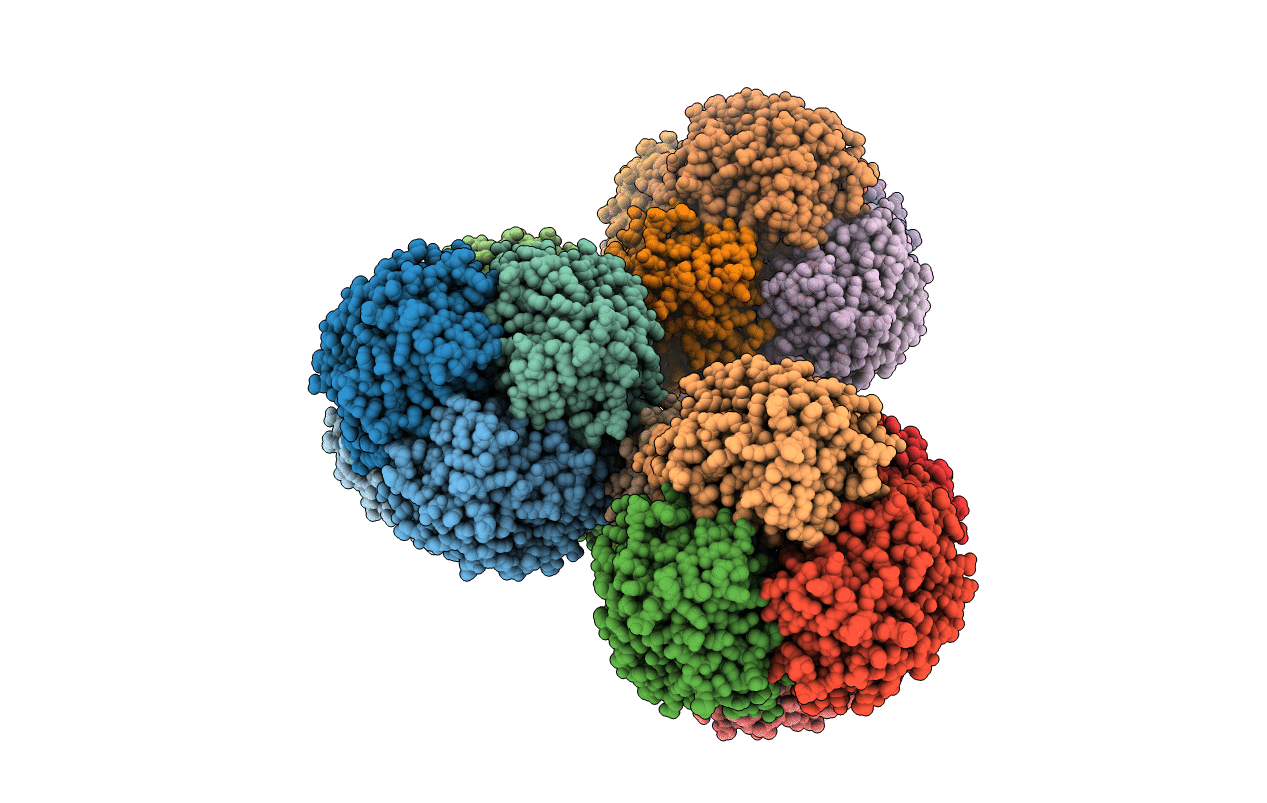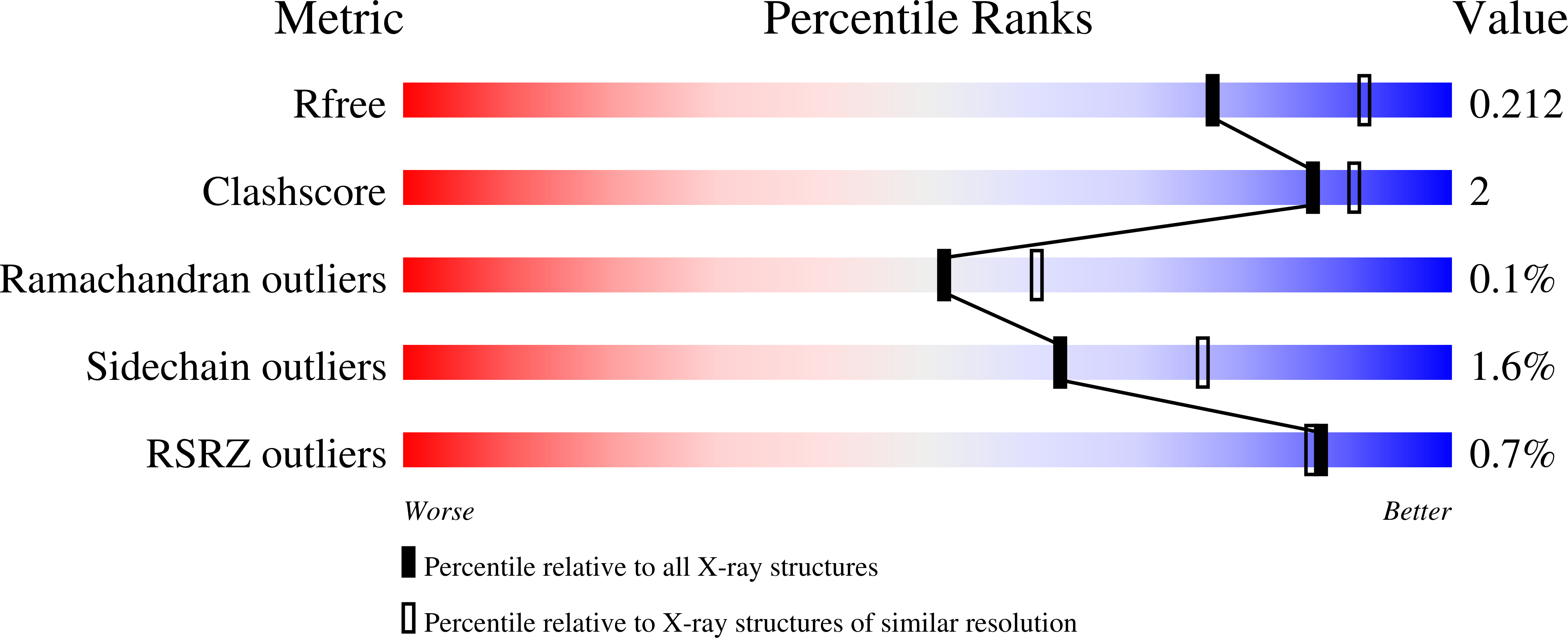
Deposition Date
2021-01-07
Release Date
2021-03-31
Last Version Date
2023-10-18
Method Details:
Experimental Method:
Resolution:
2.20 Å
R-Value Free:
0.21
R-Value Work:
0.17
R-Value Observed:
0.18
Space Group:
P 31


